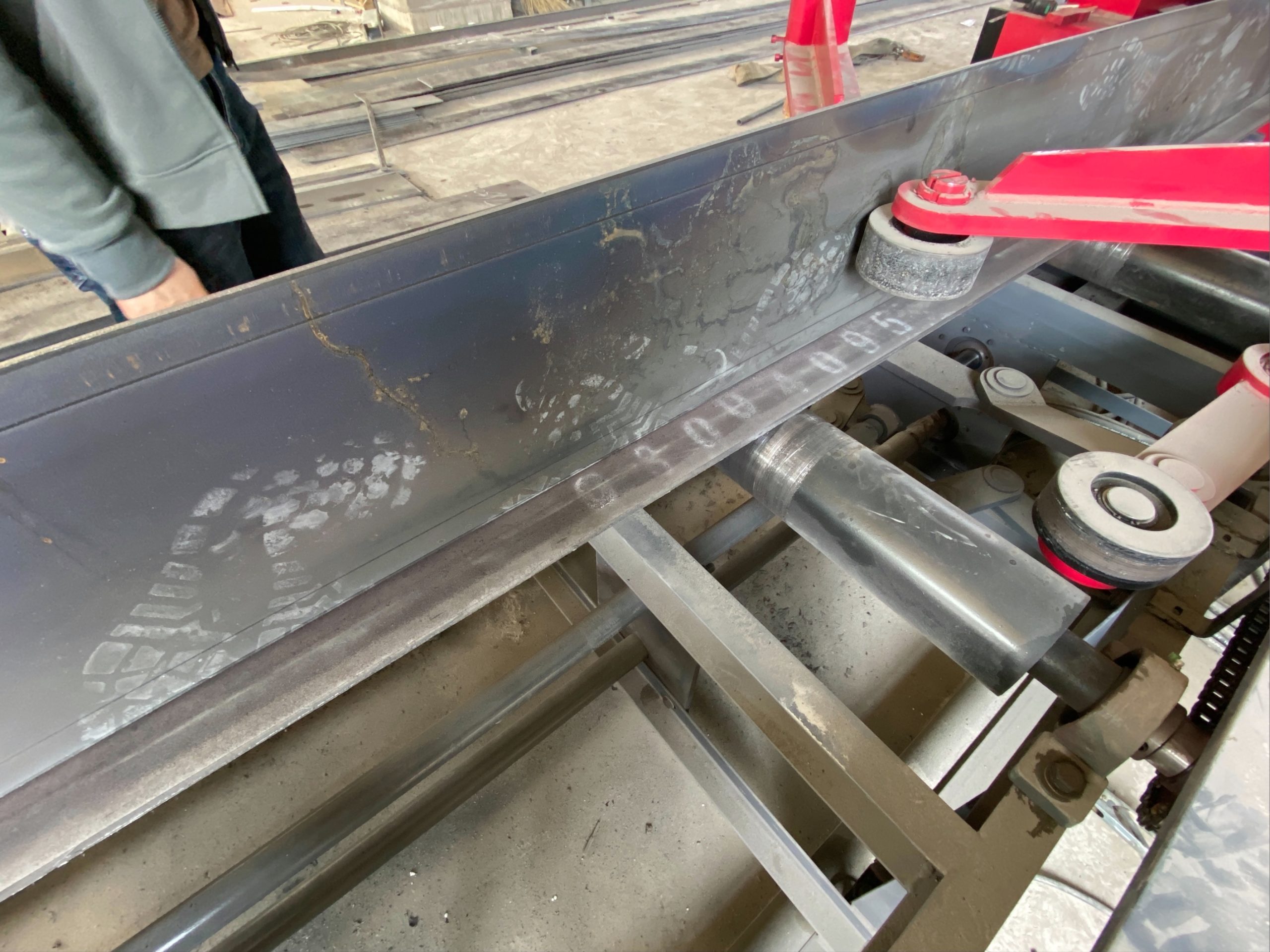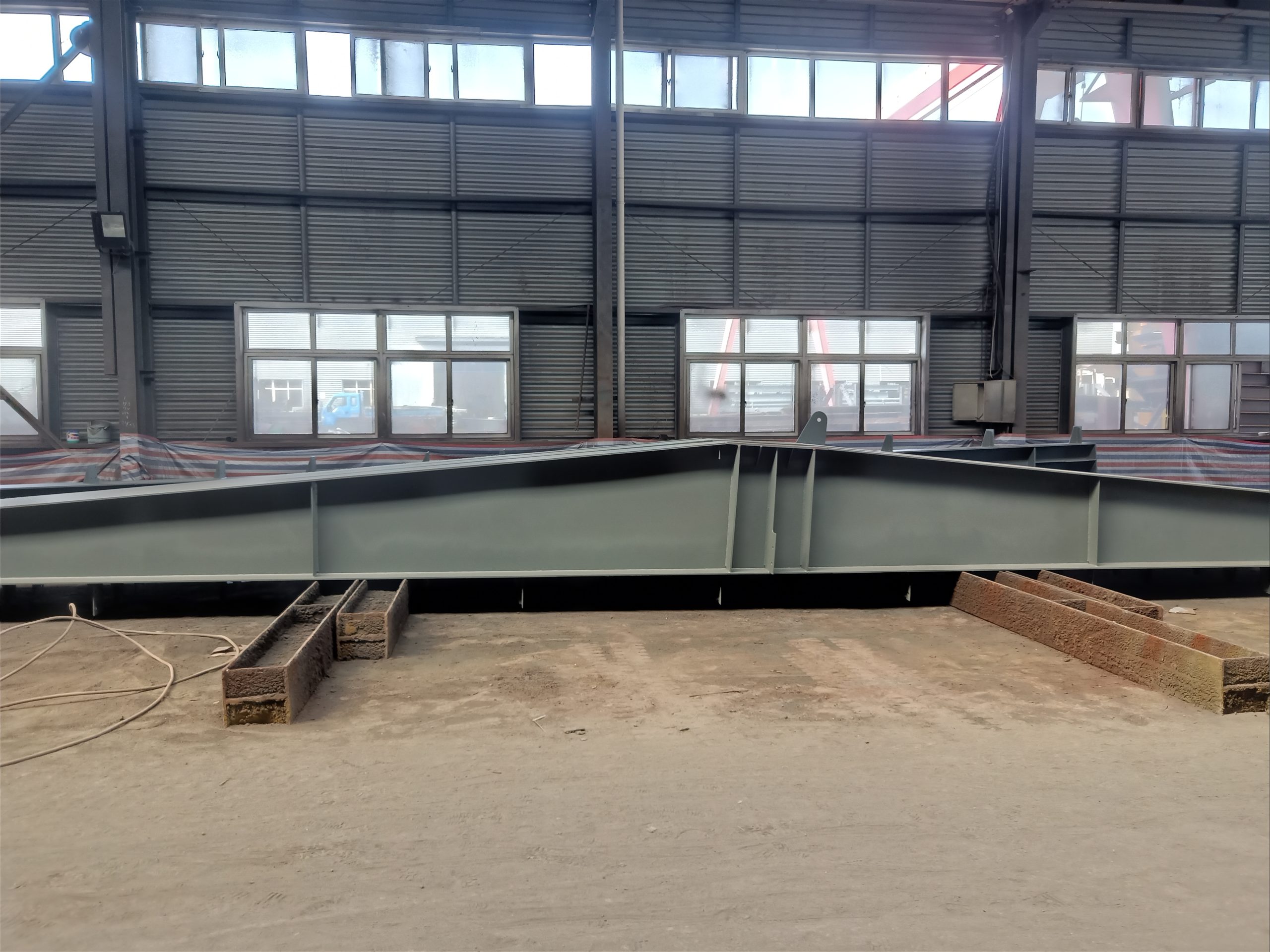Table of Contents
Standardization vs. Personalization: Finding the Right Mix in Box House Design
In the world of box house design, there is a delicate balance that must be struck between standardization and personalized customization. On one hand, standardization allows for efficiency, cost-effectiveness, and ease of construction. On the other hand, personalized customization allows for unique, tailored designs that cater to individual preferences and needs. Finding the right mix between these two approaches is crucial in creating successful box house designs that meet the demands of today’s housing market.
Standardization in box house design refers to the use of pre-designed, standardized components that can be easily replicated and assembled. This approach allows for mass production, which can result in lower costs and faster construction times. Standardized components also ensure consistency in quality and design, making it easier for builders to construct box houses efficiently and effectively.
However, while standardization offers many benefits, it can also Lead to a lack of diversity and individuality in box house designs. This is where personalized customization comes into play. Personalized customization allows homeowners to tailor their box houses to their specific tastes and needs, creating unique and one-of-a-kind designs that reflect their personalities and lifestyles.
Finding the right balance between standardization and personalized customization is essential in creating successful box house designs. Too much standardization can result in cookie-cutter designs that lack character and appeal, while too much personalized customization can lead to high costs and lengthy construction times. The key is to strike a balance that allows for efficiency and cost-effectiveness while still offering homeowners the flexibility to customize their box houses to suit their preferences.

One way to achieve this balance is through modular design. Modular design allows for a combination of standardized components and personalized customization, offering homeowners the best of both worlds. By using modular components that can be easily customized and combined in different ways, designers can create unique box house designs that are both efficient and personalized.
Another approach is to offer a range of pre-designed options that homeowners can choose from, allowing them to customize their box houses within a set framework. This approach provides a balance between standardization and personalized customization, giving homeowners the freedom to make choices that reflect their individual preferences while still benefiting from the efficiency and cost-effectiveness of standardized components.
Ultimately, the key to finding the right mix between standardization and personalized customization in box house design is to understand the needs and preferences of homeowners and to offer a range of options that cater to those needs. By striking a balance between efficiency and individuality, designers can create box house designs that are both practical and unique, meeting the demands of today’s housing market.
https://youtu.be/Ez0Ef6CcInsIn conclusion, the balance strategy between standardization and personalized customization is crucial in the box house housing industry. By finding the right mix between these two approaches, designers can create successful box house designs that offer homeowners the best of both worlds – efficiency, cost-effectiveness, and personalized customization. It is through this balance that the box house housing industry can continue to thrive and evolve, meeting the diverse needs and preferences of homeowners in today’s housing market.
The Pros and Cons of Standardized vs. Customized Features in Box House Construction
The box house housing industry has seen a rise in popularity in recent years, with more and more people opting for these modern and efficient homes. One of the key decisions that homeowners must make when building a box house is whether to go for standardized features or opt for personalized customization. Both approaches have their own set of pros and cons, and finding the right balance between the two is crucial for a successful construction project.
Standardized features offer a number of advantages. They are cost-effective, as they are mass-produced and readily available. This can help keep construction costs Down and make the overall project more affordable. Standardized features also tend to be more efficient in terms of time and labor, as they are easier to install and require less customization. This can help speed up the construction process and get homeowners into their new box house sooner.
On the other hand, personalized customization allows homeowners to create a space that truly reflects their individual style and needs. This can lead to a more unique and personalized living Environment, tailored to the specific preferences of the homeowner. Customized features can also add value to the home, as they can make it stand out in a competitive housing market. Additionally, personalized customization can enhance the functionality of the space, making it more practical and efficient for the homeowner’s lifestyle.
However, personalized customization also comes with its own set of challenges. It can be more expensive than standardized features, as custom-made materials and labor costs can add up quickly. Customization can also be more time-consuming, as it requires careful planning and coordination to ensure that the final product meets the homeowner’s expectations. This can lead to delays in the construction process and potentially increase overall costs.
Finding the right balance between standardized features and personalized customization is key to a successful box house construction project. One approach is to prioritize standardized features for the core elements of the home, such as the structure and layout, while incorporating personalized customization for more cosmetic features, such as finishes and fixtures. This can help keep costs down while still allowing homeowners to add their own personal touch to the space.
Another strategy is to focus on key areas of the home where personalized customization is most important, such as the kitchen and bathrooms, while sticking to standardized features for less critical areas, such as bedrooms and living spaces. This can help homeowners create a space that is both functional and aesthetically pleasing, without breaking the bank.

Ultimately, the decision to prioritize standardized features or personalized customization will depend on the homeowner’s budget, timeline, and personal preferences. By carefully considering the pros and cons of each approach and finding the right balance between the two, homeowners can create a box house that meets their needs and reflects their unique style.
